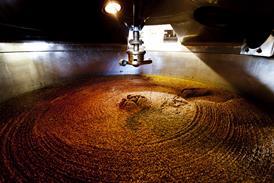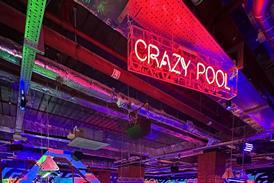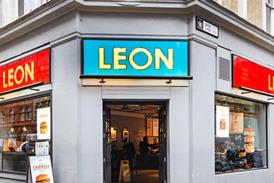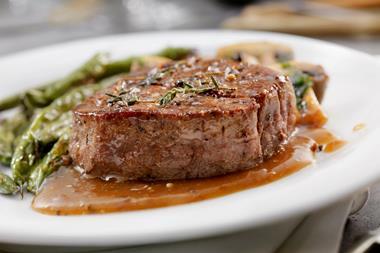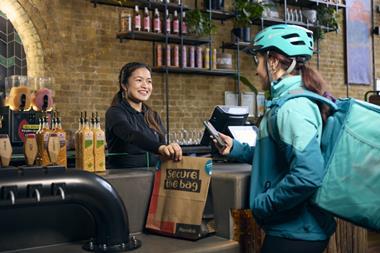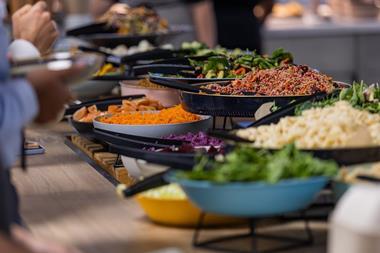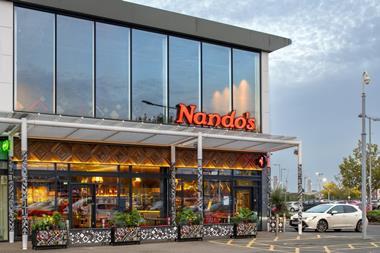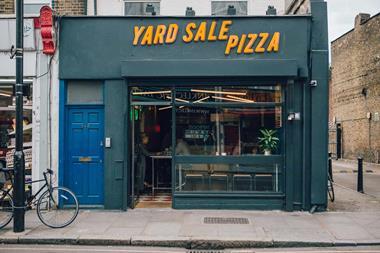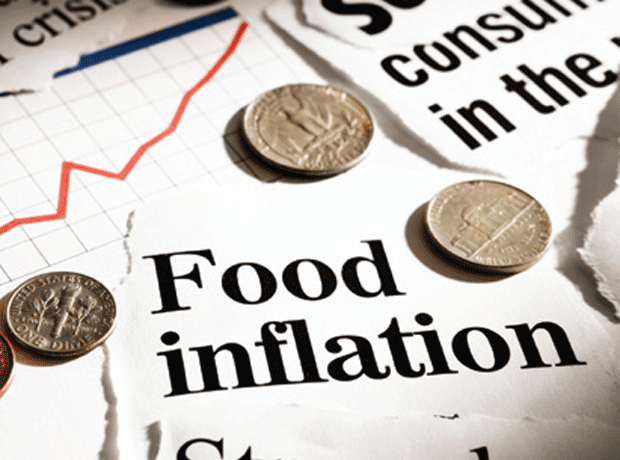New research has underlined the shift away from drinking out occasions in the 18-24-year-old market but active participation in the eating out market.
The Future Shock report produced by the Association of Licensed Multiple Retailers (ALMR) in partnership with CGA, shows that 18-24-year-olds without children, a group which makes up 11% of out of home eating and drinking occasions, will typically eat out five to six times a month but go out for a drink once a week on average.
Less than 10% of this market goes out drinking three or more times a week and one in seven claims not have gone out to drink at all in the past six months. However, 50% eat out at least once a week and less than 5% say they haven’t eaten out at all in the past six months.
When asked ‘is the option of having alcohol an important factor in your choice of where to go out to eat’, only 12% of this group say “yes definitely” compared to 15% of the survey average.
The report shows the most popular product among this group to drink out is soft drinks, followed by cocktails with a lower penetration than average for lager.
In terms of favourite destination, this group will typically favour casual dining chains and tend not to favour pub restaurants.
ALMR Chief Executive Kate Nicholls said: “The publication of the ALMR’s report shows the changing nature of consumer habits as well as the evolving nature of the sector itself. This research also puts paid to the myth that young people in the Britain are drinking dangerously.
“Young people are increasingly planning their social lives around eating-out, turning away from drink and towards food. On average, under-25s are eating out between 5-6 times per month. There has been a metamorphosis on our high streets, prompted by the accessibility and affordability of great eating-out options. We have seen alcohol consumption fall by 17% since the Licensing Act and rates of binge drinking fall from 29 to 18%.
“The boom in eating-out, particularly in casual dining outlets, has seen a renaissance of our high streets and that has been driven by younger consumers. These habits are not only helping to drive growth in our local economies, but help contribute to healthier consumption and changing attitudes towards alcohol.”
The active participation in the eating out market noted by the report is backed by data from MCA’s EatingOut Panel.
Head of consumer insight, Gareth Nash, said: “A key driver of Eating Out market growth has been rising visit frequency levels, driven by younger adults. Our latest Eating Out Report showed that the average number of visits per head per year increased most for 18-24s and that this was the only age group bucking the overall trend of a decline in average visit spend.
“Younger adults are extremely important in the Eating Out market - we see a big drop in visit frequency with age so, although the average spend per visit is higher among older consumers, overall spending is much higher among the young. 18-24 year olds spend three times as much on eating out as those aged 70+ on a yearly basis. Many of the successful and emerging operators are those who have “tuned in” to the growing demands of Millennial consumers identified in our report around fast, fresh, healthy and adventurous offers, utilising the latest technology.”
Here is a breakdown of findings from the Future Shock report:
What they drink
The most popular product category among this group is soft drinks. 64% of this segment drinks them when in pubs, bars or restaurants, well ahead of the second most popular category – cocktails - consumed by 43%. Coffee is the fifth most commonly consumed drink out of home by these consumers – three times as many drink it compared to the numbers who drink alcopops.
Lager is drunk out of home by only one in three of these consumers - a lower penetration rate than in the out of home drinking market overall.
The drinks these consumers are disproportionately inclined to buy out of home, compared to other drinkers, are the ‘younger’ spirits such as Tequila, Vodka and Liqueurs, cocktails, and ‘alcopops’.
In terms of how they consume alcohol, the report shows only 29% associate wine with food-led occasions. The report suggest this is linked to the fact that their wine consumption is skewed strongly towards sparkling in general (champagne in particular), and rosé, whereas they under index on white and, particularly, on red wine. As necessarily less experienced drinkers, they are also much less likely than average to have a favourite country of origin, or a favourite varietal, or a favourite wine brand.
Their lager drinking shows a clear skew towards bottled and craft lagers, rather than draught standard/premium variants. They are noticeably more concerned about the range of lagers stocked than out of home drinkers overall (38% of 18-24’s said that range of lager was extremely important, compared to 26% of all out of home drinkers).
Their cider drinking is also non-traditionally biased – in favour of fruit ciders, and in favour of bottled served over ice, rather than draught (58% of 18-24’s said they prefer cider served over ice from a bottle compared to 40% of all out of home drinkers).
As a market they are also more inclined to drink cocktails than many, their preferred drinks are different, and their interest in price and cocktail promotions is also higher than average.
The report says: “This market segment is fertile ground for brand owners and retailers, because they are – perhaps not surprisingly – more disposed than average to consider, and to try, new drinks and brands when out drinking. But with income levels a little below the average, their willingness to experiment and to socialise is a little constrained, and their sensitivity to deals is therefore probably heightened.”
Favourite brands
Looking at where this group eats out, the report shows there is a preference towards brands – they used an average of five licensed eating and drinking-out brands in the last six months, compared to four for the going-out population as a whole. However, this market is much less likely than average to use pub-restaurant brands, particularly at lunchtime, where quick-serve brands tend to be favoured.
At brand level, it’s casual dining brands such as Nando’s and GBK where this market segment particularly over-indexes against the wider population.
In terms of dayparts, the report shows that one in four of this age group say they have been drinking out at branded venues late at night (after 11pm) – less than half the number that says they have been out to branded venues after 8pm. Meanwhile 18-24’s eating out at branded outlets is skewed more towards the early evenings (5-8pm) than the population overall, but they are less likely to eat out at lunchtime, or indeed at breakfast time than others.
Demographics
Looking at the demographic breakdown among this group, the proportion that drinks out weekly (or more often) is higher among those in social grades ABC1, than among the C2Des. The report highlights a material difference between people in employment - 45% of whom go out drinking at least once a week and those who are unemployed, where the proportion of frequent drinkers falls to under 30%. For students, the figures show around 4 in 10 drink out at least weekly. There is also a noticeable difference between those young adults still living with parents, 36% of whom go out to drink weekly or more frequently, and those living in rented or owned accommodation, where the proportion rises to 45%.
What they want
The report focusses on the lunch and early evening sessions to assess what is important to this market. Quality of food and coffee, closely followed by service are the key points at lunch while the early evening, food choice, previous experience, environment and convenience are most mentioned factors. When compared to the eating out market overall, they are comparatively much more concerned about recommendation, special offers/vouchers, atmosphere and Wi-Fi.
For drinking occasions, their key concerns are location and value for money in the early evenings, but in the lunch session, the choice of food is often an important factor. Compared to other drinkers in the market however, they are noticeably more focussed on vouchers and Wi-Fi in the daytime, and in addition to being more concerned about drinks promotions, they are generally much more concerned about recommendation and suggestions from others.
On how they rate their experiences, the report shows this age group has a tendency to give less enthusiastic ratings than the population overall. Their tendency to be brand promoters is also distinctly lower than the overall population in the lunchtime session.
For eating out visits, where ratings in general tend to be more generous than for drink visits, their ratings are variable by session: above average at lunchtime, below average at breakfast, although they tend to be less likely than others to be brand promoters in each of these three core trading sessions.


